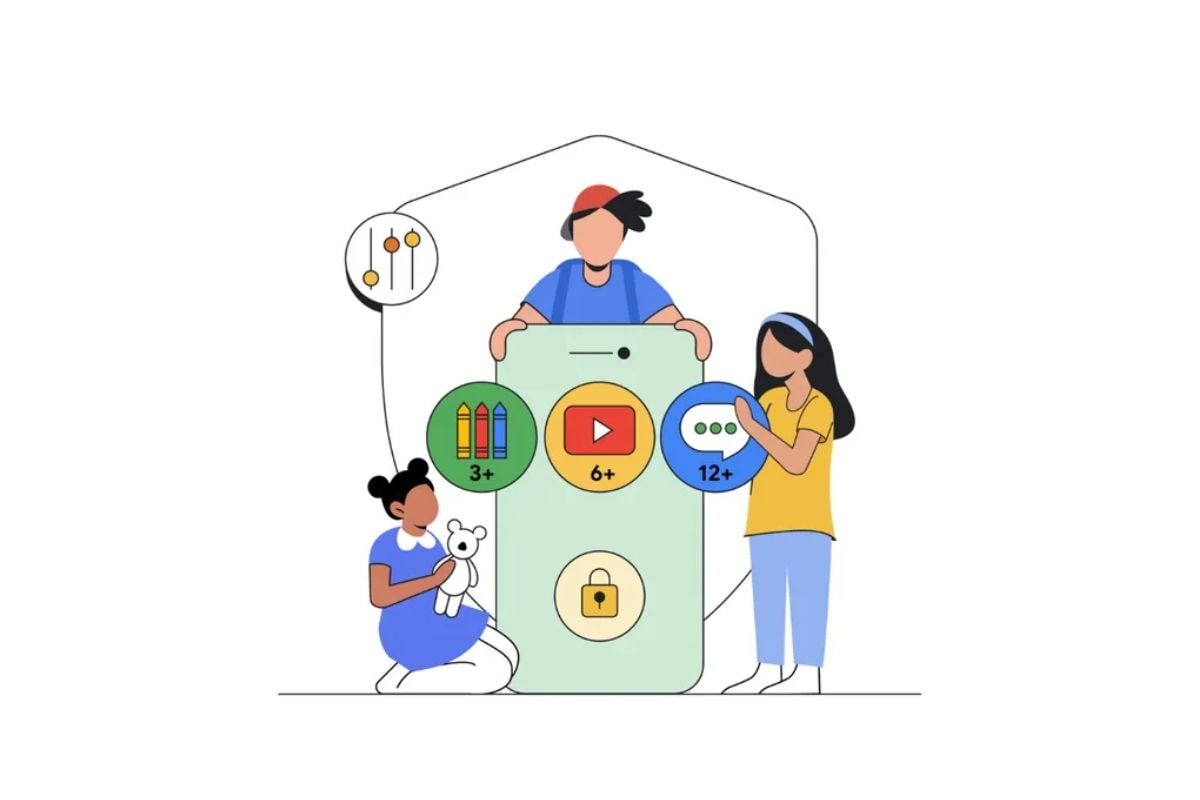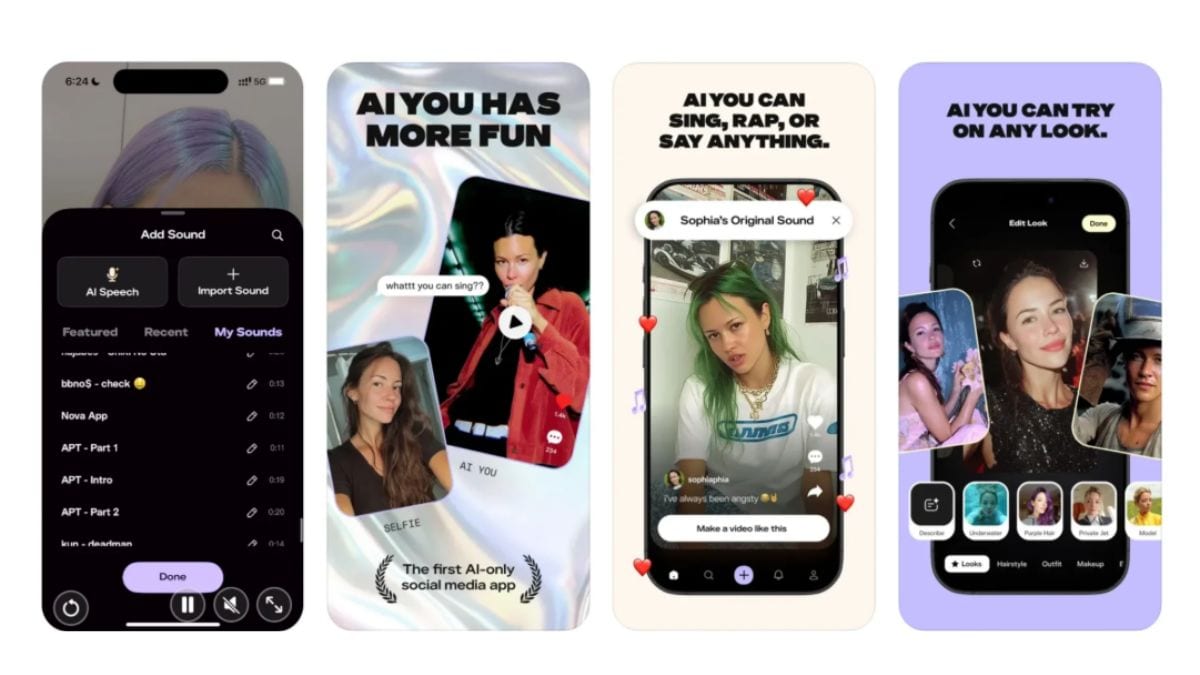Google plans to release an age assurance tool in the US that will assess whether an account is being used by a minor or an adult. On Thursday, the Mountain View-based tech giant announced that it will be releasing this algorithm-based tool to a small set of users in the US in the coming weeks. The feature is designed to be a protection tool for children, and if any minor users are detected, Google will turn on its age-appropriate experiences.
Google to Crackdown on Adult Accounts Run by Minors
In a blog post, the tech giant detailed its age assurance system. Google says it has several measures in place to protect younger users when they use the company’s products. However, many teenagers and children provide a fake date of birth while creating an account, and escape this protection system.
The company is now utilising its machine learning (ML) tool, Age Assurance, to identify these users and implement these measures in the US. Instead of looking at the date of birth of the account holder, the model interprets a wide range of signals that are associated with an account. These include the type of information searched by the user or the category of videos watched on YouTube. Google says a combination of these signals can verify the age of the user.
If the tech giant estimates a user’s age to be younger than 18, it will notify them via email as well as whenever they interact with Google products. The notification will inform them that their settings are being changed to include child safety features. This will roll out in the US in the next few weeks to a small subset of users.
Some of these features include enabling YouTube Digital Wellbeing tools, such as reminders to take a break and go to bed, safeguards for content recommendations, and limiting repetitive views of specific content. Google also disables personalised ads and restricts age-sensitive ad categories. The Timeline feature in Maps is also disabled. Minors are also not allowed to access any adult-specific apps from the Play Store.
Google acknowledges that its system can sometimes incorrectly estimate a user to be under the age of 18. In such scenarios, the user is given the option to correct their age, such as uploading a photo of their government ID or performing a selfie-based verification.
















